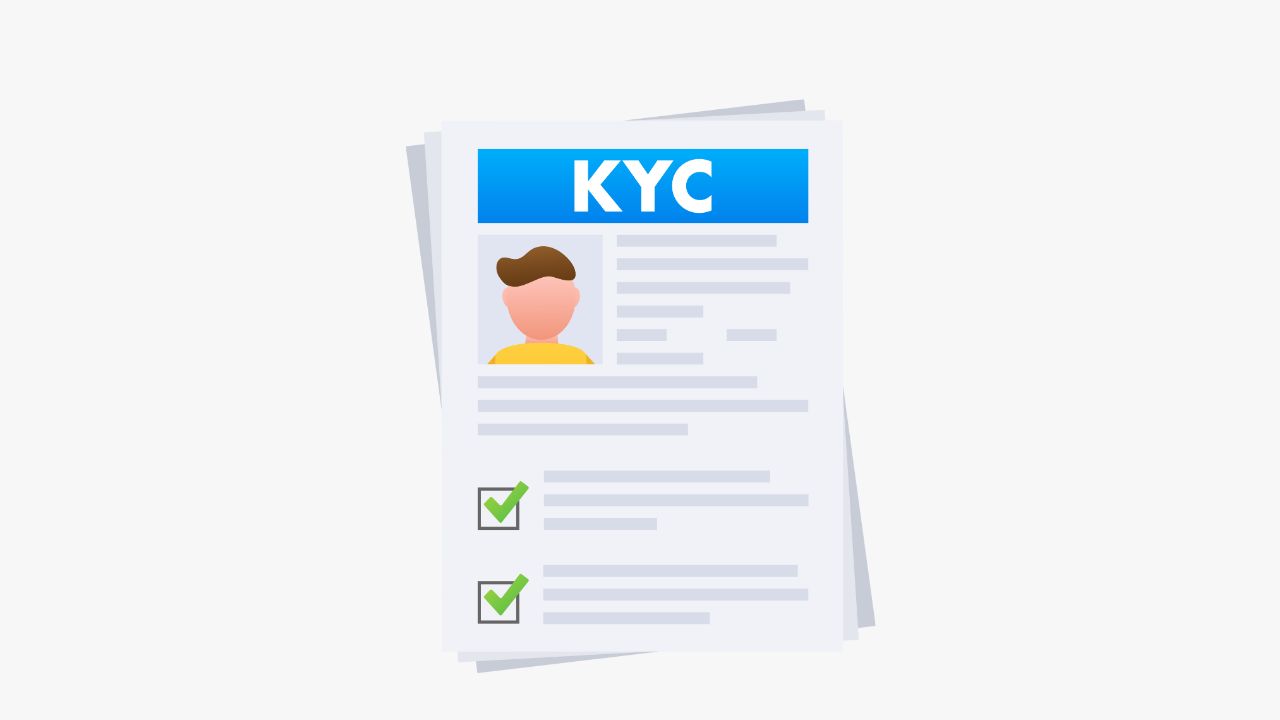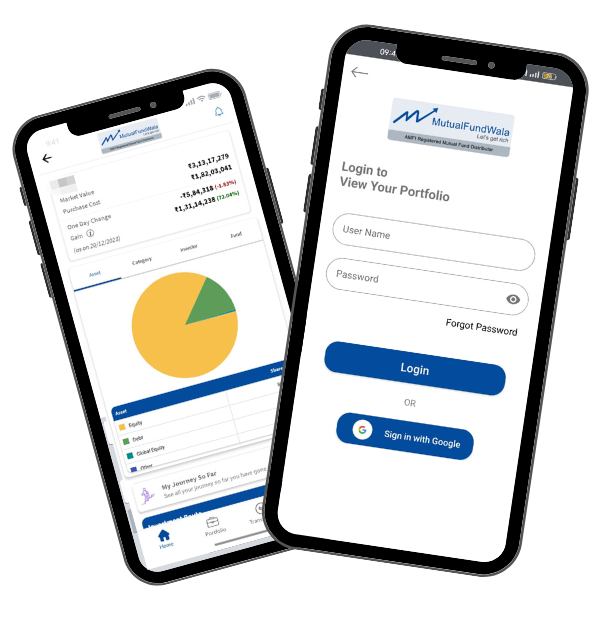Exit load in Mutual Funds is a cost that investors will bear when they sell mutual fund units before a specified period (normally charged for under 365 days ie, 1 year)
Purpose of Exit load is to discourage investors from exiting the scheme within a short period. Short-term investment disrupts the investment strategy of the fund’s investment and increases transaction costs.
Exit loads may be waived off in certain circumstances like death of the investor.
Exit loads under different Mutual fund schemes
- Equity Schemes: Normally 1% from the date of investment till 365 days ( 1 year)
- Hybrid Schemes: Normally 1% is charged if investments are redeemed within 365 days from the date of investment.
- Debt Schemes: Debt plans may or may not have exit loads; however, extending the investment horizon may offset this impact.
- Liquid Schemes: Usually there is no exit load in the liquid scheme.
Calculation of exit load in mutual funds:
To calculate the exit load for a specific redemption, multiply the applicable exit load percentage by the redemption amount or NAV.
Look into other costs associated with mutual funds : Cost of Investing in mutual funds
How to avoid exit load in mutual funds?
Exit loads are typically applied within the initial 365 days. To avoid these charges, investors should refrain from redeeming mutual funds before the specified timeframe.
What is Good exit load in mutual funds?
A favourable exit load typically falls below 1%.












एक प्रतिक्रिया